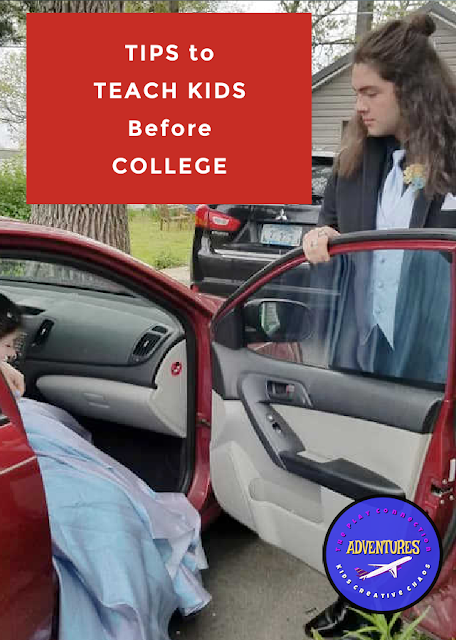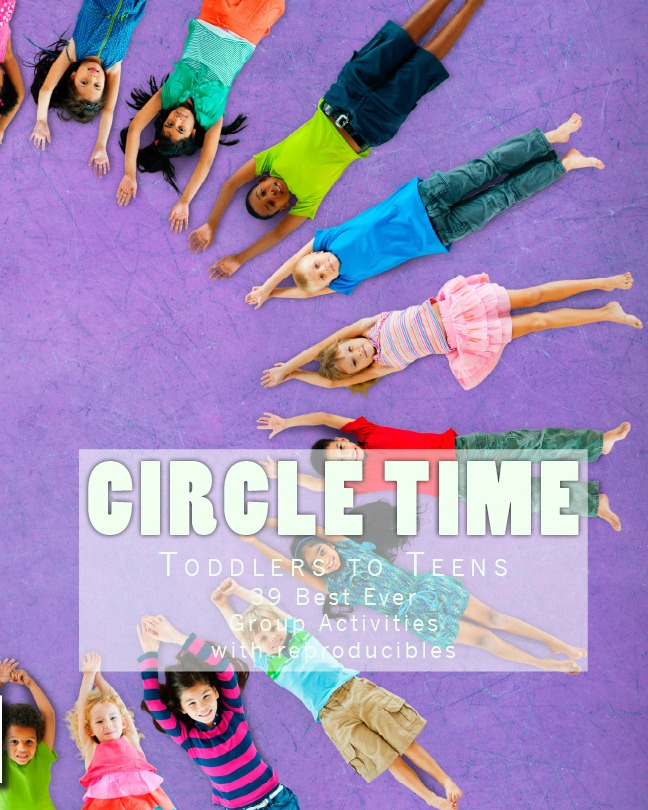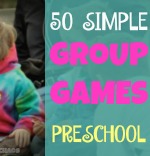Kids Going Off To College? Here Are Some Things To Teach Them Before
It’s a bittersweet time when your children fly the nest after years of living under your wing. While you know it’s going to be an exciting new experience for them to learn and become adults, you can’t help but worry about them. So, to put your mind at ease, and to give them some useful knowledge before they go, let’s have a look at some tips you can teach your kids or speak to them about before they set off for college.
Domestic Duties
College is the time when your children will realize all that you do for them around the house, from cleaning up after them to cooking their meals. Hopefully, over the years, they’ll have picked up a thing or two from you, but it’s always a good idea to send them off with recipes, cleaning products, and anything else that will equip them for what lies ahead. College care packages are always helpful, but they need to learn to prepare for life on their own.
You’re still sure to get calls from them exclaiming how the washing machine won't spin (click the link for possible issues and fixes for this) or the oven won’t turn on, which you can help them with, trying to decipher the problem. These will often be simple fixes but if not, they can always get a professional in to fix the problem. This is all part of them growing up and learning how to handle things going wrong and how to make them right again. Here are some healthy eating tips for college students.
Alcohol
College is notorious for parties and drinking, so even if your son or daughter isn’t a drinker, you should still speak to them about this before they go. Ensure that they know to always be safe and never leave their cup unattended at events, as it could pose a threat. Their safety is paramount, so without scaring them or being over the top, you need to talk to them about being sensible and always letting someone know where they are. Make them aware that they never have to buckle to peer pressure, saying “no” is their right and if they don’t want to do something, then they don’t have to.
The Value Of Money
Cash can be tight for college students, so teaching them about budgeting and not splurging on unnecessary items is something that will come in handy for them. You can instill this at an early age, by giving them pocket money if they help you with chores, or when special occasions come around. This will help them to realize that money is earned and if they want something expensive, they have to save for it. You can reiterate what you’ve taught them over the years in the lead up to them moving away for college, as it’s more important now than ever as they won’t be living under your roof anymore. You might also want to look into scholarships. There are several scholarships available to homeschoolers.
Most of the time, your children will learn a lot of this along the way, but if you can offer them any help and guidance beforehand, at least you know you tried! This is their time to make mistakes, and those are often the most prominent learning curves of all.
Recommended:
Prep Seniors for College, Academically
Don't forget these Dorm Essentials with our Checklist





















